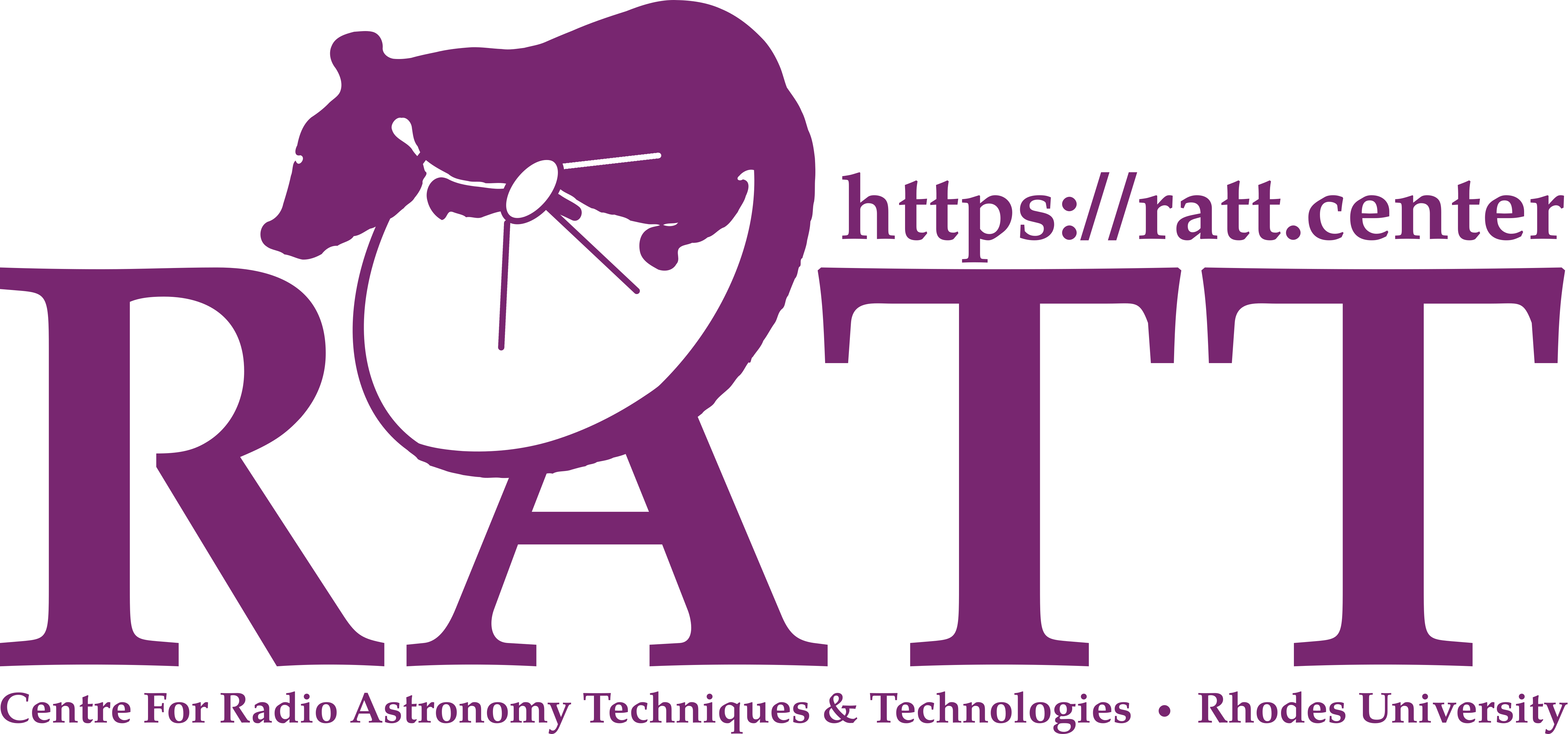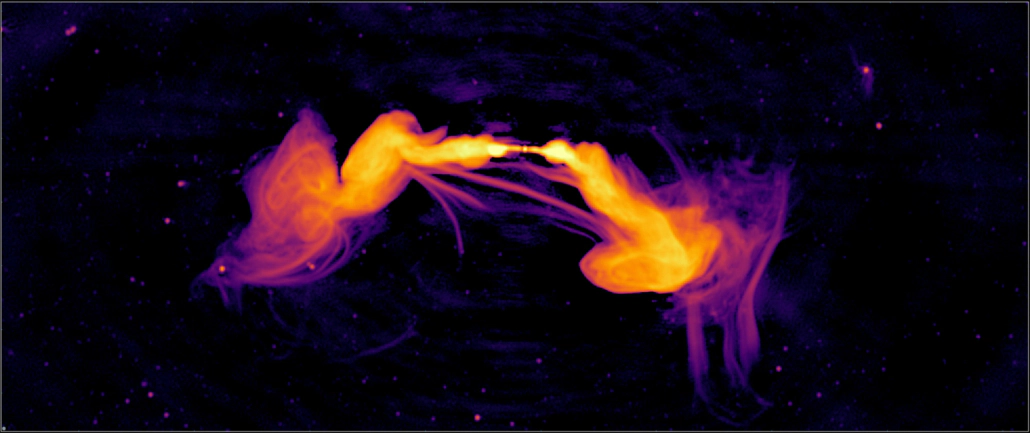RATT’s science research revolves around a number of major themes.
Galaxy clusters are fascinating structures that can help us study the cosmological history of the universe, as well as astrophysics such as environment-driven star formation, cluster magnetic fields, shock physics, and energetic processes related to cosmic rays. Multiwavelength observations allow us to probe all facets of the cluster environment, giving a holistic view of the processes therein. Kenda Knowles is leading the MERGHERS survey with MeerKAT, while Viral Parekh is leading research into the Saraswati Supercluster with MeerKAT.
Thanks to the improved sensitivity with radio telescopes such as MeerKAT, detecting faint and diffuse radio sources of emission in galaxy clusters and superclusters has become more probable. By examining the 21cm line, we begin understanding how galaxies acquire and transform HI gas and its effects on galaxy evolution and star formation. Radio astronomy provides an additional perspective to the processes in and around galaxies, both near and far. Mpati Ramatsoku Brenda Namumba, and Gyula I. G. Józsa focus on research into the 21cm line and galaxy evolution.
Radio observations also allow the construction of complete, unbiased samples of active galactic nuclei (AGN) – such as the G4Jy Sample, led by Sarah White – for studying how accretion of material onto a supermassive black-hole influences its host galaxy. In some cases, powerful, relativistic radio jets are launched, which can extend far beyond the galaxy, and so have an impact on the surrounding medium on both small and large spatial scales. Feedback processes are also expected for the AGN that do not exhibit powerful radio-jets, with the role of such sources in galaxy evolution being open to debate.
At high redshift, the 21 cm line becomes a cosmological probe. When the Universe was approximately 300000 years old, it cooled down sufficiently to form neutral Hydrogen - the most abundant element that filled the whole cosmological volume. As the first stars and galaxies started to shine, however, their radiation gradually ionized the Hydrogen gas in the intergalactic space again. This transition is believed to occur when the Universe was between 100 million and one billion years old, although we do not know exactly how it happened, or what the first stars and galaxies formed in our Universe looked like. Observations of the 21 cm line can reveal this transition and tell us the story of the first light in the Universe. Gianni Bernardi leads this research area.
Various members of RATT are actively involved in a number of surveys and individual projects with MeerKAT, dealing with the nature of the neutral hydrogen and galaxy evolution and telescopes like HERA, built purposefully to detect the 21cm at high redshift. These include surveys such as MALS, MHONGOOSE, MIGHTEE, the Fornax Legacy Survey, the MeerHOGS medium-shallow survey, and the MeerKAT Galaxy Cluster Legacy Survey, among other projects.

